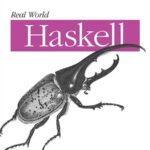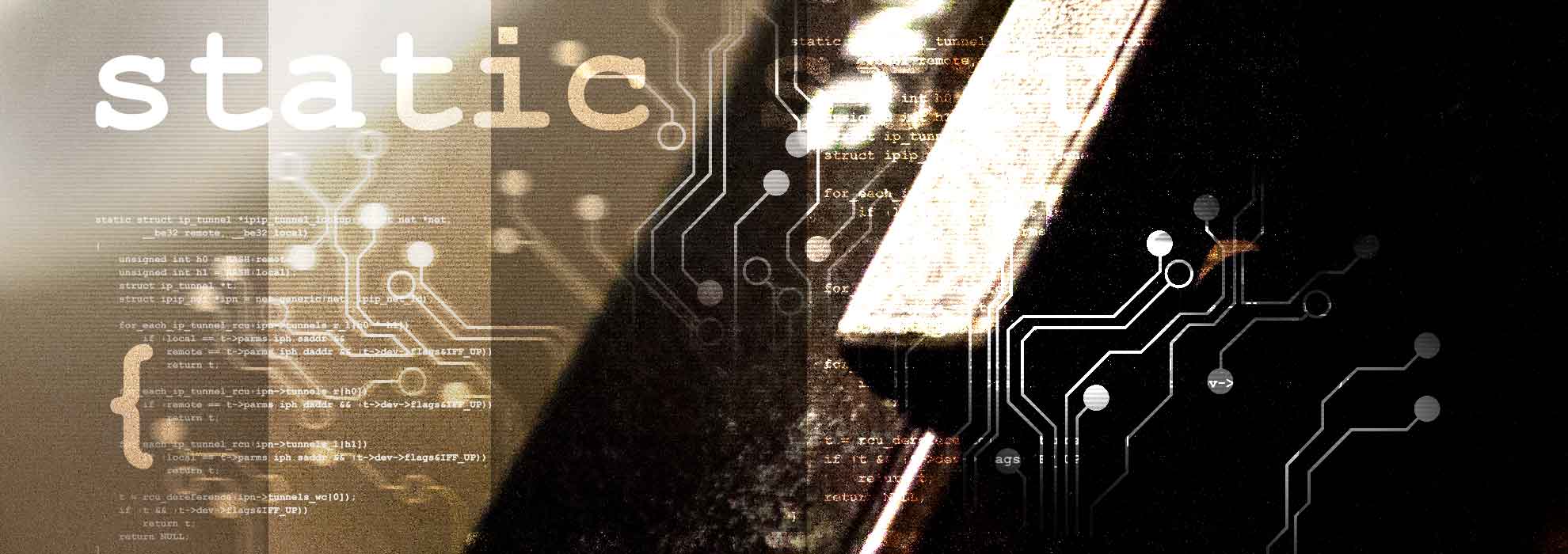Blog
Autonomous Surveillance: The Disappearing Radar Operator
Pentland Edge is building software for the autonomous control of airborne surveillance radars. The software applies AI (artificial intelligence) techniques to the operational problems of task planning, prioritisation and job control, freeing operators to work at a higher level in a more supervisory manner. The AI functions are integrated with our Hawkstream viewer tools, allowing control and monitoring from any device with a web browser. Our aim is to be able to deliver intelligence anywhere. We would be keen to speak to potential end users to help shape the development and get it ready for field trial. Please send an […]
Free Online NITF Viewer (NATO Image Transmission Format)
We’re experimenting with a Free NITF Viewer to display NITF (Nato Image Transmission Format) images in the browser. Images from SAR (Synthetic Aperture Radar) devices are usually output in this format. Viewer software is not commonly available, so we have published our tool that allows NITF images to be converted to JPEG and displayed. The following Bright Spark sample image is courtesy of Thales,UK and Dstl: This is an example of a SAR image originally output in NITF format which has been converted to JPEG.
HawkDB: Stanag 4607 Data Indexing and Metadata Search
We are pleased to announce the availability of our HawkDB Stanag 4607 indexing and search tool.This allows users to search recorded MTI (moving target indication) data by location, area, date and time. It integrates with our Hawkstream Viewer and supports natural language search queries. It also provides a web API (Application Programming Interface) to allow third party applications to run queries and retrieve data. HawkDB can be configured to manage the storage and retrieval of data files, or can be run as a service on top of an existing file store. Stanag 4607 is a NATO standard for sharing radar […]
Hawkstream Stanag 4607 Viewer Trial
Pentland Edge has developed a viewer for Stanag 4607 radar data which is undergoing trials with a leading provider of airborne surveillance radar systems. Hawkstream is a browser-based software tool that shows radar and related sensor data on a map. A single installation supports multiple users over a network. The user selects a group of files to display, and is presented with a time series of the sensor data such as moving targets overlaid on the map. Playback controls help the user to move forwards and back through the event sequence. This helps both engineers and non-technical staff to get […]
Release of Stanag 4607 Library
We are pleased to announce the release of our Stanag 4607 library with an Apache free software license. Stanag 4607 is a NATO standard for sharing radar data. The library is written in Erlang, which is an excellent programming language and platform on which to develop software to connect and control sensors of various kinds. The source code can be found on our Github page.
Technologies that take a long time to die: DECT
It is often said that the technology industry moves quickly, with the old quickly discarded for the new. This overlooks a number of technologies that hang around much longer than expected. One such example, is DECT (Digital Enhanced Cordless Telecommunications). DECT was originally conceived for cordless handsets, and standardised in 1992. Wind forward more than 20 years and it is still being designed into new products, despite the emergence of competing wireless standards. Over the years, Pentland Edge has been involved in a number of new projects using DECT. Some examples in chronological order: High-end DECT cordless phone system Wireless […]
Erlang as an Embedded Application Platform
Recently, the programming language Erlang has found new fans owing to its success in helping a number of companies, most famously WhatsApp, build scalable web services. What has received less attention is its potential as a platform on which to build embedded applications. What is Erlang? Erlang originated within Ericsson as a language for creating telecoms switch software, suitable for handling a large number of simultaneous connections reliably. Originally proprietary, it is now available under an open source license. Erlang code runs on its own virtual machine, which can in turn be run on most devices that are capable of […]

The Linux effect on embedded systems
A few years ago 32-bit microcotrollers with enough power to run Linux became comparable in cost to devices with 8 or 16bit cores, making the extra performance a no (or low) cost option.

Learning Haskell from a book
This article relates to the author’s own efforts learning the functional programming language Haskell. Three prominent books were used, and some of the strengths and weaknesses of each are discussed, Hopefully this might be of use for someone attempting the same thing.
